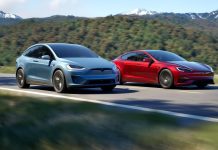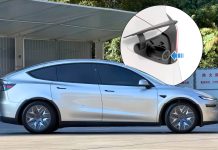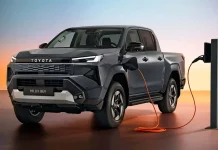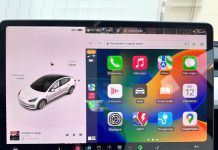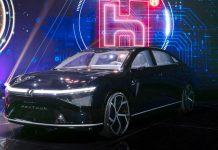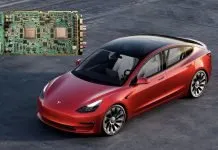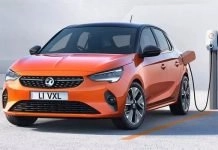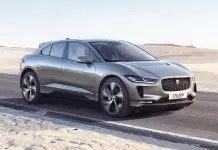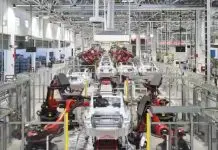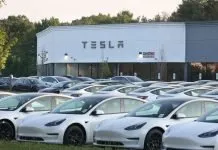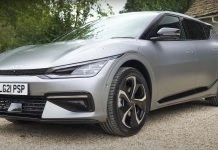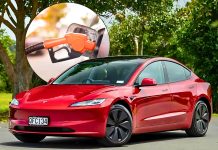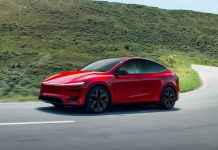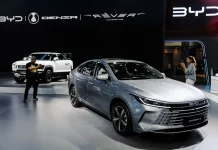Another significant change in the current strategy of cost-optimization in Tesla is the silent deletion of traditional tire pressure sensors (TPMS) on the Tesla Model 3 as well as the Tesla Model Y Standard trims. This transition was verified by the latest owner reports and records associated with the 2025.32.6 software update that indicated transition to an indirect tire pressure monitoring system.
It has altered the fact that the cheapest models in Tesla will no longer be based on separate pressure sensors installed in the interior of every wheel. Rather, they will rely on indirect TPMS, which is a computer-based tool that predicts the tire pressure based on wheel speed data.
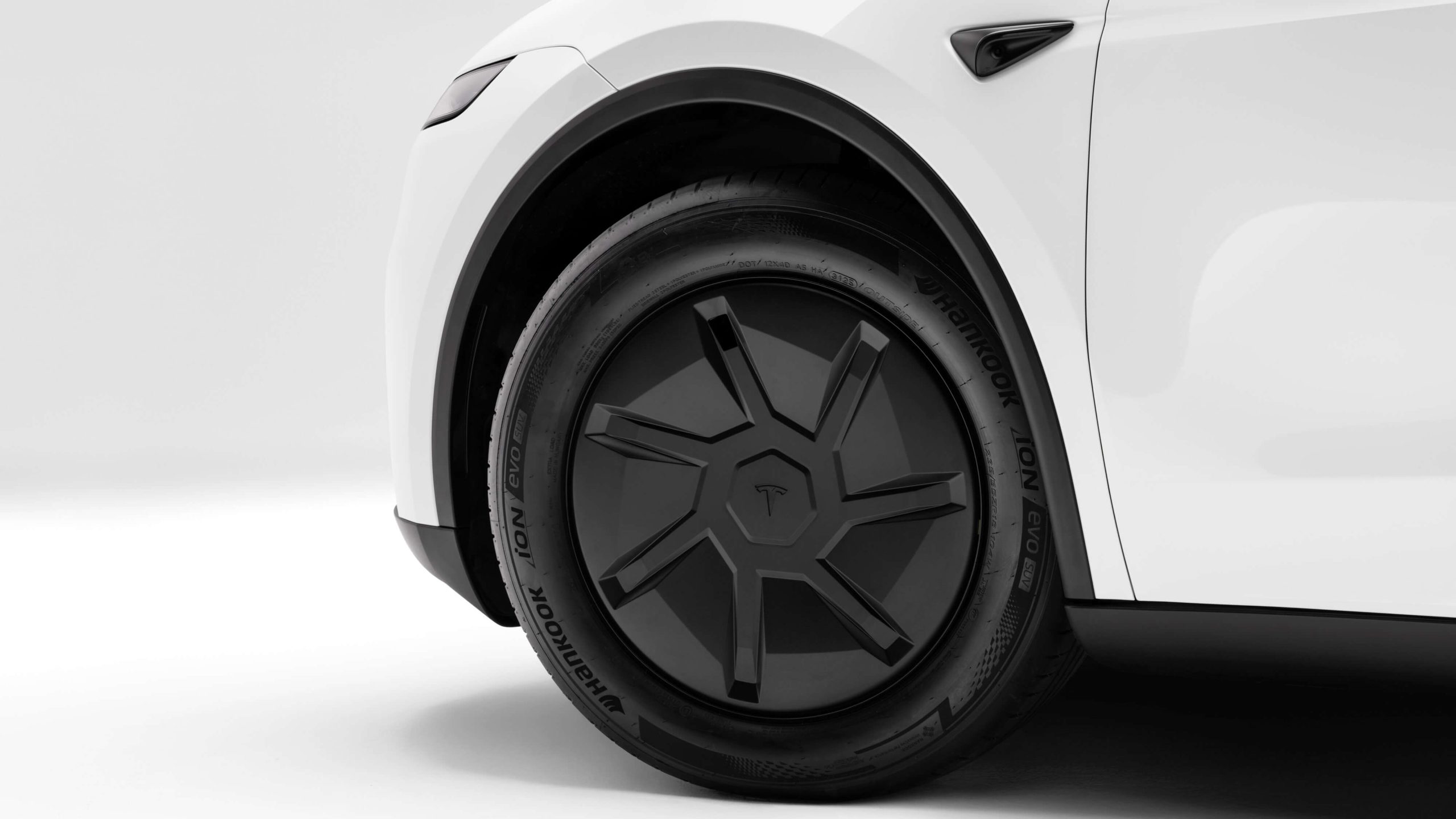
How Indirect TPMS Works
In contrast to the conventional method of direct TPMS, which has individual sensors installed in every tire to detect the pressure and temperature of the air, indirect TPMS is a method that involves the use of ABS (anti-lock braking system) sensors in the vehicle to determine the rotational speed of each tire.
Once a tire has lost its air pressure, its rolling radius will be minimal, and thus it will be spinning at a faster rate compared to the other tires. The system will identify this disparity in the speed of the wheels and warn the driver that the tires could have low pressure.
Although such an approach can be used to exclude the need for physical sensors, it is also not so accurate – it is unable to show which tire is underinflated or state the exact amount of pressure. Rather, it simply shows that one or more tires may be under-inflated.
Recalibration Is Now Required
Among the changes that the owners will notice is the need to manually recalibrate the TPMS system after any tire maintenance.
Tesla adds that once tires are inflated or wheels rotated, or any tire is changed, clients are supposed to start the process of recalibration by using the in-car touchscreen. During the recalibration process, the system relearns the wheel’s speed in a normal driving environment to establish new benchmarks for comparison.
This restabilization typically requires several minutes of driving time, and it makes sure that the indirect TPMS is performing correctly in the existing conditions.
Tesla has removed Tire Pressure sensors from the Model 3 and Model Y Standard!
✅ Vehicles now use an indirect TPMS that detects low pressure by comparing wheel speeds
✅ The system must be recalibrated after adjusting tire pressure or replacing tiresThe removal of TPMS was… pic.twitter.com/Pq9ELQ3msS
— The Tesla Newswire (@TeslaNewswire) October 16, 2025
Advantages and Drawbacks of Indirect TPMS
The new system has its advantages as well as disadvantages.
There are positive sides of the indirect TPMS, since it does not require installation of hardware sensors and battery replacement, which reduces manufacturing and maintenance costs. It also makes it easier to change wheels – customers will no longer have to be concerned about compatibility or sensor-compatibility problems with sensor-equipped rims.
Nevertheless, it has significant negative aspects. The indirect TPMS does not show the precise pressure readings, as they would have indicated in the app and car interface of Tesla in the past. It can also take more time to realize the loss of pressure, and in case of false alarms, when tires are not worn evenly or when they are being replaced by non-matched sets.
Why Tesla Made the Change
The transition of Tesla to indirect TPMS appears to be in line with its overall cost-efficiency entry-level models approach. The automaker has been implementing numerous hardware streamlining in its range of products, such as the elimination of ultrasonic sensors (USS) and radar units, as it redoubles its bet on software-based solutions that it can afford under its vision system.
Eliminating physical TPMS sensors will allow Tesla to cut its production complexity and part expenses, especially serving the lower-priced EV products: Model 3 and Model Y Standard trims.
The savings per vehicle are not very large, but when implemented on tens of thousands of vehicles made per quarter, they accumulate quite a bit.

